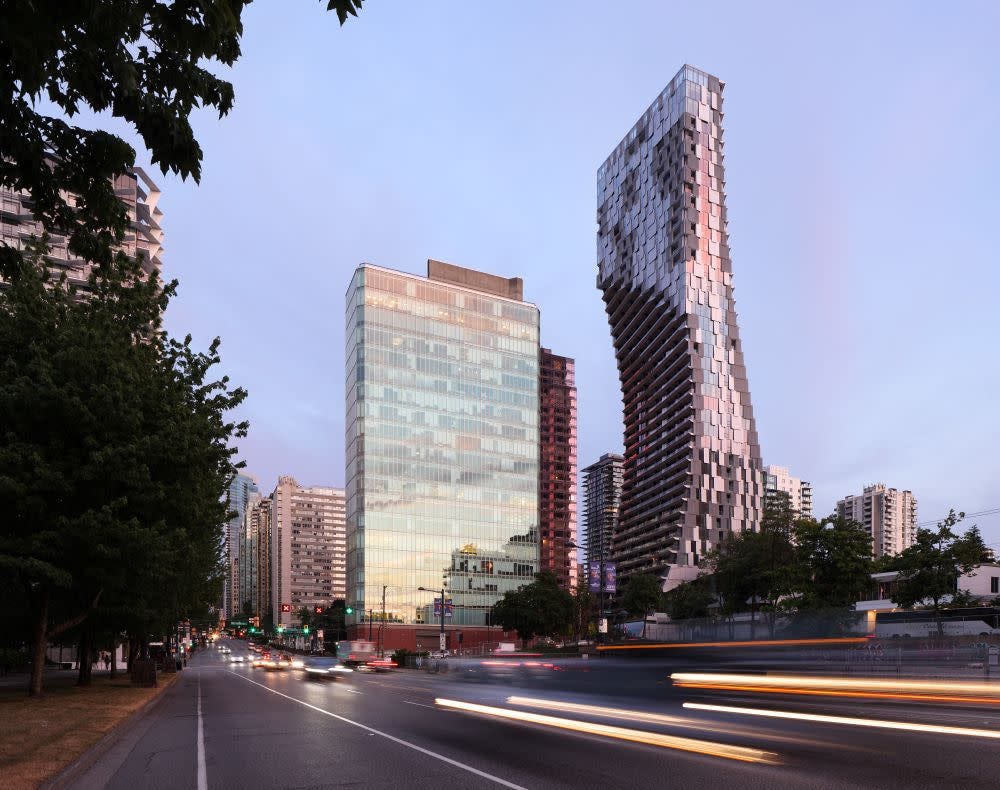Who holds the Architecture power: Profit or people? 💰
Examining the tug-of-war between artistic vision and financial interests in modern design.
Welcome back to another edition of Design Edge, your go-to source for the latest news, insights, and reports in architecture and construction.
This Week’s Top Highlights:
🏛 Milan Design Week: Innovation meets inspiration, bringing together the world's top talent and sparking critical conversations in the design community. The latest architectural installations. Read more.
🌍 Experience the architectural allure of Swiss Museums: Paul Clemence's captivating lens at Le Salon Suisse, Miami Art Week, celebrating the essence of design and urban significance in today's world. Read more.
🏢 Discover sustainability in action at the Electrolux EcoLine Hub: Education meets inspiration in Milan's Portanuova district during Fuorisalone 2024, showcasing innovative solutions for eco-conscious living. Read more.
Read Time: 4 Minutes
Who is responsible for pulling the strings of architecture nowadays?
In many cases, clients with financial resources dictate the direction of architectural projects. Their priorities might be driven by:
💰 Profit margins
🧂 Personal taste, or
📉 Short-term gains
‼️ Rather than long-term societal or environmental benefits.
So why do we still consider Architecture to be a profession that focuses on our personal needs rather than where the money goes?
This is a question that we, as architects, urban planners, environmentalists, and individuals, need to collectively address.
Architecture only serves a small group of people who can afford to pay for it.
Hot tip 🌶️ : I recently talked with a colleague about the current cost of living in the city (Vancouver) as well as Designer/Architect salaries. He mentioned that architecture itself is an honourable vocational profession, which I argued is no longer true; here’s why:
Kengo Kuma's Alberni project here in Vancouver, BC, values a 2 beds 2 bath apartment on it’s tenth floor at four million dollars. Where is the nobility behind that? Who can actually afford that? If the Architect is not making enough money, where is all the money going? Why must the architect/designer be left behind when dividing the project profits, arguing that the Architect's role is honourable?
Architecture does not serve the end user but instead serves a small group of businessmen, developers, investors, and stakeholders.
Hear me out - There is nothing wrong with that, but it does show the industry's lack of transparency.
How long has it been since the last Starchitect designed a housing project?
Why can't the AIBC be transparent about this and help architects set up specific standard fees for different types of projects?
If the project, for example, won’t benefit the community at large, they should charge a higher fee, but if the project is truly community-oriented, those fees should be lower.
Regulatory bodies and authorities can significantly shape architectural projects through stringent codes, regulations and fees. While these regulations aim to ensure safety and compliance, they can also impose limitations that constrain architectural creativity and innovation by indirectly telling a small group of people who can afford to pay to think about the community at large and ease those same enforcement fees and regulations for projects that are on the more modest side.
What can we do and what’s the role of the Architect?
I only know firsthand that some architects genuinely care about the industry, but others want to do their 8-to-5 and go home and be happy about it (which is fine as well!)
But what about the rest of us?
We are fighting for a more honest and transparent industry that adjusts salaries to the current cost of living and an Architecture that serves everyone, not just a small group of people.





